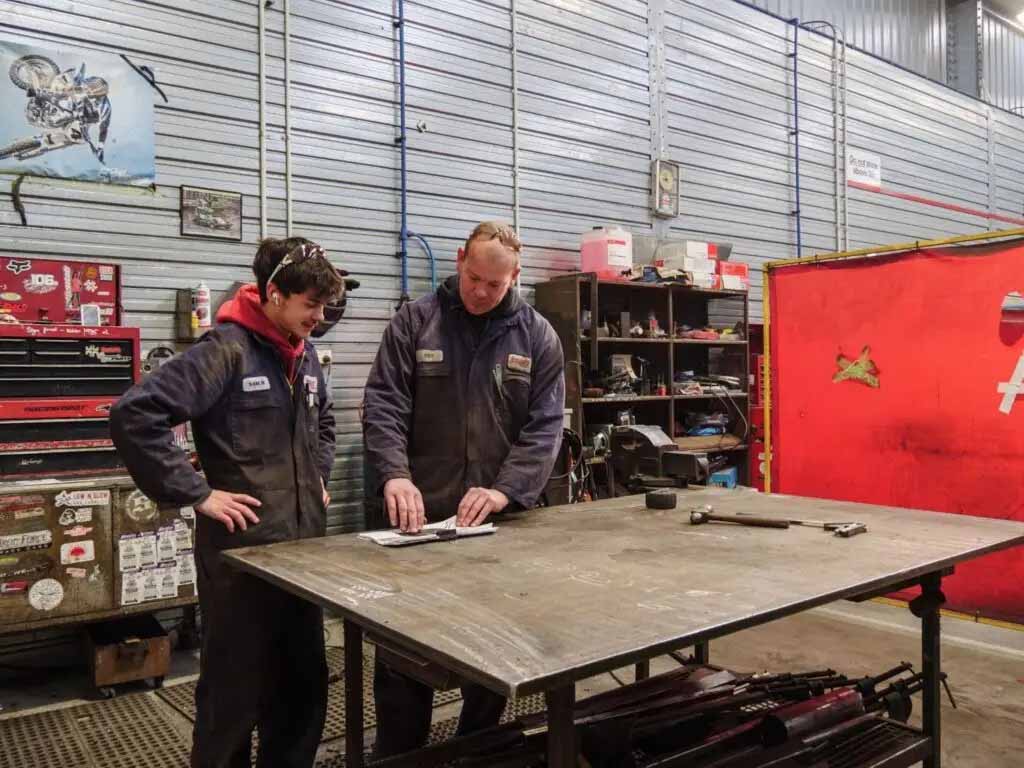e ngineering
a brighter future
NEWS

02 October 2025
An ATNZ engineering apprenticeship is a proven pathway for you to earn while you learn, and finish with a nationally recognised trade. This guide will walk you through how to apply for an apprenticeship and the NZ apprenticeship requirements you’ll need to meet. At the end, you’ll also find a copy-and-paste apprenticeship checklist you can use to prepare for Day 1.
1: Talk to a provider (that’s us). A short chat helps you confirm engineering is right for you, which trade fits best, and what roles are open in your area. ATNZ’s process starts with a friendly conversation, not a test. Book a chat with ATNZ.
2: Find the right job match. Apprenticeships are essentially jobs. We’ll pair you with a host company (the business you’ll work with day‑to‑day) or you can apply to current vacancies and we’ll manage the training around that role.
3: Sign up. Once you have a business to conduct your training, you’ll sign your apprenticeship and training agreement. We then develop a training plan outlining your on‑job and off‑job learning and assessments, so everyone knows what “progress” looks like.
4: Start earning and learning. Most engineering apprenticeships take around four years, with structured mentoring and regular check‑ins to keep you on track.
Age: You must be 16 or older to begin an apprenticeship in New Zealand. There’s no upper age limit at ATNZ, career changers are welcome.
Right to live and work: Apprentices must have the right to live and work in New Zealand. You must be a New Zealand citizen or permanent resident.
Prior qualifications: Not strictly required for ATNZ apprenticeships. That said, NCEA Level 2 (especially maths and English) is helpful and sometimes recommended depending on the trade and provider.
Employment and the training agreement: Because an apprenticeship is a job, you’ll need a relevant role in an engineering or manufacturing organisation and a signed training agreement. (If you don’t have an employer yet, ATNZ can help you.)

Engineering is a big tent. ATNZ currently supports apprenticeships in:
Knowing your first‑choice pathway (and why it fits you) makes your application stronger and your interviews sharper.
Pro tip: If you’re still exploring, a quick ATNZ chat can help you align your interests with the day‑to‑day of each trade, from machining and maintenance to HVAC installation and fabrication.
Before you hit “apply,” make sure you have:
If you’re short on experience, don’t stress. ATNZ hires for attitude and potential; we provide a mentor, cover training fees for apprentices, and supply safety gear so you can focus on learning the trade.
BEFORE YOU APPLY
☐ I am 16+ (or have an exemption) and legally able to live/work in NZ
☐ My CV is ready with two referees
☐ I have (or am working toward) NCEA Level 2 (maths/English helpful)
☐ I have an IRD number and a NZ bank account
☐ I can get to and from work reliably (licence preferred)
☐ I know my preferred ATNZ trade pathway
FIRST-DAY LOGISTICS
☐ I know where to go and who to report to
☐ I have contact details for my ATNZ Account Manager and host supervisor
☐ I know my start time and host company address
PAPERWORK
☐ Signed ATNZ Employment Agreement
☐ Apprenticeship Training Agreement/Training Plan
☐ IRD tax declaration completed
☐ KiwiSaver status confirmed
☐ Proof of right to work (passport/residency/visa)
☐ Bank account details provided
☐ Emergency contact details provided
☐ Qualifications/NCEA record (if available)
UNIFORM & PPE (Provided for free)
☐ Steel-toe boots
☐ Hi-vis/overalls
☐ Safety glasses/hearing protection
☐ Gloves/respirator (if required)
TOOLS
☐ Tools issued by host OR
☐ Tools I need to bring/buy (list)
Note: Interest free loans are available for buying your tools
PAY & HOURS
☐ My base pay rate is confirmed
☐ I know how often I’ll be paid and how payslips are delivered
☐ I know my weekly hours and how I’ll get my roster
☐ I understand my meal/rest break entitlements
TRAINING
☐ I know my training provider and where training will be held
☐ I’ve reviewed my training plan and early milestones
☐ I know how my progress will be assessed
HEALTH & SAFETY
☐ Site induction completed
☐ I know emergency procedures and muster points
☐ I know how to report hazards or incidents
☐ I know who the first aiders and H&S reps are
LEAVE
☐ I know how to request annual leave
☐ I know my entitlements (sick, bereavement, public holidays, etc.)
COMMUNICATION
☐ I know who to contact if I’m sick/late
☐ I know workplace rules for phones, visitors, and social media
A 10 – 15 minute kōrero with ATNZ can turn interest into a plan. We’ll help you confirm the right trade, explain how to apply for apprenticeship steps, and make sure you meet the NZ apprenticeship requirements for your chosen pathway. Then we’ll guide you through sign‑up, build your training plan, and support you on the tools until you’re fully qualified.
Engineering your future starts with a single step. Let’s take it together.
